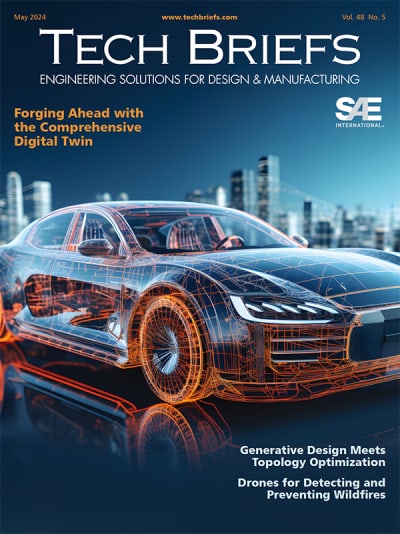NASA needs a sensor system to characterize damage from Micro-meteoroid and Orbital Debris (MMOD), corrosion, or to perform configuration verification when there is a conductive surface in between the sensor and the site. The in-space system(s) will need to look from the inside (IVA) out or from the outside (EVA) in for both existing and future to-be-designed vehicles. The ground versions will be very useful for ground inspection purposes in areas of vehicles that are “closed out,” or areas with limited access behind conductive structures. The damage includes, but is not limited to, deformations, penetrations, fractures, cracks, corrosion, and dis-bonds.
Requirements and Goals
Sensor system capabilities and characteristics include the following requirements:
- Product: 3D image/data after minutes of on-board post-processing, with no down-link required.
- Scan area of 5 × 5".
- Resolution of 1 mm in any dimension, with no practical limit on the time to obtain the image.
- Depth of field must be adjustable based on the need.
- The distance to the object must be adjustable from 1 m to 1 cm.
- Must meet or exceed ANSI/OSHA standards.
- Near real-time feedback of video image and depth of penetration.
- Calibration: must be able to have certified resolution and accuracy via NDE standards.
- Motion compensation is as needed based on handheld or robotic manipulator motion when attempting to provide a still platform in order to obtain the required resolution.
Configuration

The system should achieve the above requirements for ground use in one year at less than $700,000. The second goal is to build the flight unit and achieve Flight Certification in the second year at under $700K. The long-term per-item cost would be under $15,000 per ground unit. The potential use with unmanned spacecraft would be the DoD, and commercial or exploration systems. Multiple ground uses exist in several industries, such as aviation, oil and gas, construction, and security.

More Information
For more information, contact George Studor at 763-208-9283,

